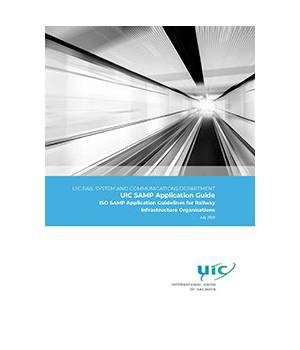By continuing to browse this site, you agree to the use and writing of Cookies on your connected device. These cookies (small text files) are used to track your navigation, update your shopping cart, recognize you the next time you visit and secure your connection. To learn more and to set up cookies: Click here
Required cookies
Always active
These cookies are strictly necessary for the operation of the site, you can disable them by changing the settings of your browser but you will not be able to use the site normally.
Cookies used
Functional cookies
These cookies provide necessary information to applications of the website itself or integrated by third parties, if you disable them you may find some problems in the operation of the page.
Cookies used
Performance cookies
These cookies are used to analyze the traffic and behavior of customers on the site, help us understand and understand how you interact with the site in order to improve performance.
Cookies used
Guided cookies
These cookies can be from the site itself or from third parties, they help us to create a profile of your interests and to offer you advertising aimed at your preferences and interests.
Cookies used
Cookies réseaux sociaux
Cookies used
Cookies de mesure d\\\\\\\'audience
Cookies used
The user is informed that he/she has the possibility to configure his/her browser to be informed of the reception of cookies, being able, if he/she wishes, to prevent their installation on his/her hard disk.
We provide links to various browsers below, through which you can make this configuration:
Firefox: http://support.mozilla.org/es/kb/habilitar-y-deshabilitar-cookies-que-los-sitios-web
Chrome: https://support.google.com/chrome/answer/95647?hl=es
Internet Explorer / Edge: https://support.microsoft.com/es-es/help/17442/windows-internet-explorer-delete-manage-cookies
Safari: http://support.apple.com/kb/ph5042
Opera: http://help.opera.com/Windows/11.50/es-ES/cookies.html

 Cookie preferences
Cookie preferences

